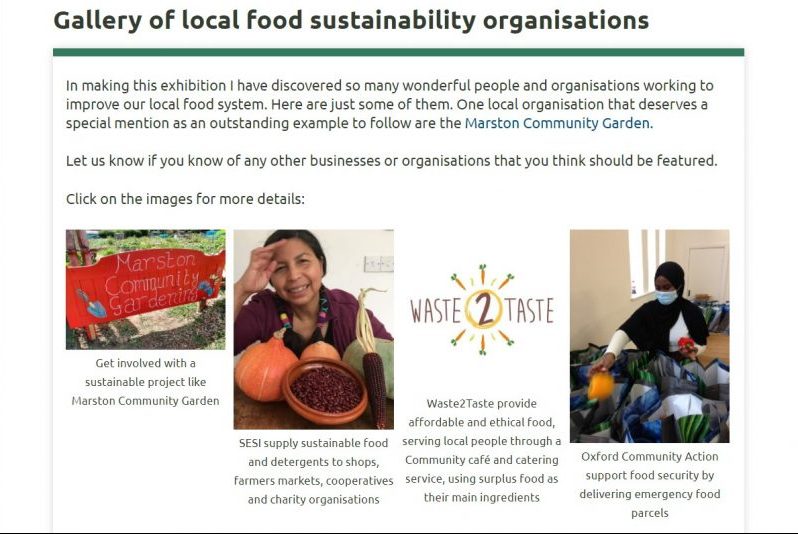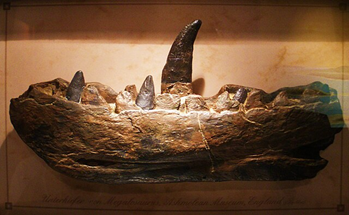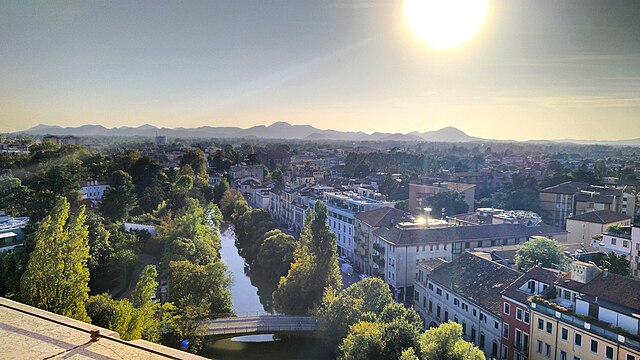Tina explains how she created her food sustainability online exhibition
Tina’s point of view (POV):
I approached the Museum of Oxford because I heard that they were looking for volunteer digital curators and I wanted an interesting challenge to fill my time on furlough.
They use the Omeka platform to collect digital ‘items’, submitted by staff or the public, and organise them into digital exhibitions and collections. At the time the site, named Oxford City Stories, held around 500 items, all in some way relevant to the city of Oxford. The initial remit was pretty broad- basically create an online exhibition using the available items, on a subject that you care about.
I made an initial exhibition on the COVID pandemic in Oxford, curating the experiences of local people and organisations to create a series of simple narratives. It soon became apparent to me that not only was there a huge potential within the Oxford City Stories website, but also that the subject I really cared about- the environment- was entirely missing from the items available.
After some initial discussions I set about researching environmental issues in and around Oxford and contacting local people for their thoughts, pictures and details of the work they were doing. But how to make this into an exhibition? The topic was huge and no one quite knew what information I was looking for. In February I created a small exhibition on flooding, an ever-present topic in Oxford, because that was a particularly hot topic on social media at the time. But I still thought I could make more of it.
I spoke to Marta Lomza at the Museum of Oxford and she mentioned that in the future there would be a physical exhibition on food sustainability, and perhaps that could be a topic to focus on. This seemed a great idea – since food is something that connects us all and food waste can have such a huge contribution to the environment. It was also a topic that Marta was passionate about and had some contacts in. Even within that we needed to narrow down to a more specific objective for the exhibition. In the end I decided to focus on simple tips and local ways to enable people to eat more sustainably, to show that eating more sustainably was accessible to all.
I got off to a pretty slow start in hearing back from people. I wanted to hear what local people thought about the issue, but also hear from those running businesses, community groups and other organisations related to food sustainability. Being a volunteer without official museum credentials made it hard to get noticed at first. I was mainly using web searches and Facebook to find people and then emailing them or contacting on Facebook. That was a pretty frustrating time. After a lot of work and very little success we decided to run a campaign on the Museum of Oxford social media channels to ask people to contribute. But as time went on, eventually, the responses came in and we didn’t need the social media push. We’re saving that for when the exhibition launches.
We got some lovely family food waste tips, passionate statements about growing your own veg and heard about many amazing local projects. After a few iterations the exhibition is now up and running. For me the experience was an overwhelmingly positive one. I gained experience, not just of digital curation, but also of planning and scoping an exhibition, reaching out to different communities and convincing people that they should contribute. This is the first digital exhibition of a significant size curated by a volunteer for the Museum of Oxford, so I hope that they gained something too. Not just an exhibition on their website, but also deeper links with local communities and experience of new ways that they can use volunteers remotely. And hopefully the exhibition will inspire a few people to eat more sustainably too!
Stumbling blocks
- Not having the brief clearly enough designed at the start
- Needing a lot of patience in gathering contributions from people, especially as an unknown volunteer
Successes
- Hearing from so many passionate local people
- Being able to promote small local organisations who are doing such good
Marta’s POV:
As a museum team, we learnt a lot from the experience of supporting Tina to create an online exhibition. We hadn’t done it before and rather than create guidelines or a brief, we decided to do it more organically – through discussing everything in meetings and emails, and seeing what comes out of it. Being open to this experimental approach was quite freeing but also relied a lot on Tina’s patience and her willingness to iterate. There were several rounds of changes, a few of them resulting not from anything Tina had done ‘wrong’ but from the team not having been more explicit about the museum’s current approaches and values. For example, the initial design was quite heavy on explanations and setting a wider context, which had cost Tina a lot of time to put together; but we advised her to scrap that section altogether, as we wanted the exhibition to be accessible to a wide audience, and to throw spotlight on our local context instead. Another person might have been less happy to cut out quite so much content, but Tina was very gracious about it! It makes us happy that she found it an overall valuable and enjoyable experience, as it was certainly not without challenges.
We can see the value of being a bit more prescriptive or instructive at the start. Going forward, we will give other volunteers interested in similar work some guidelines in terms of the structure, language used, being careful about including examples representative of a wide range of experiences and perspectives, and so on. But the spirit of openness to change and an iterative approach is something we would like to keep.
We are grateful to Tina for taking the time not only to create this exhibition, but also for her willingness to undertake this experiment with us, and through being part of it, teaching us some very valuable lessons.
One potential pitfall when thinking about involving future volunteers is the time required to build something as ambitious as this exhibition. We want to make sure this experience is accessible to people regardless of how much time they are willing or able to put into it. What feels like enjoyable volunteering to one person may feel like unpaid labour to another. It’s something for us to be aware of when we start another similar project in future – there isn’t one simple solution to this challenge.
One of the reasons why we would like to have more volunteer digital curators is the fact that it enables us to represent a wider range of perspectives. This way, not only are we collecting contemporary stories of Oxford which our small staff might have otherwise missed, but we also create space for more local people to give voice to their passions. For a museum which aims to ‘tell the story of Oxford and its people’, it’s a win-win.
Thank you so much for all your hard work, Tina!
Written by volunteer Tina Eyre and Community Engagement and Exhibitions Officer Marta Lomza.
Want to write your own Oxford-inspired post? Sign up as a volunteer blogger.



